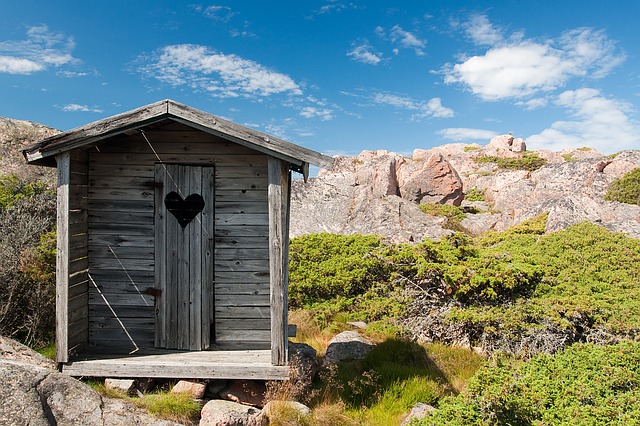-A sewer backup is not only messy, it can present some complex sanitation challenges as well as health issues. The team from SERVPRO of Morro Bay / King City, water damage specialists, have prepared some tips to help people handle sewage backups.
A sewer backup by itself is rarely as destructive as fire, a storm or a flood, however, sewers can be damaged by earthquakes and severe flooding. That damage can release sewage into the surrounding environments. Causes of sewage backup range from clogged toilets to sewer system failures. The most common reasons for sewage flowing into buildings or the environment in general:
- Problems with public sewer systems and equipment
- Broken or collapsed pipes
- A failed leach field
- Clogged toilet
- Tree roots damaging the lines or septic tank
Safety is the first item of concern in the event of a sewage backup. Get everyone away from the spill, then take care of cleaning it up. To cleanup, wear the appropriate personal protection gear is important to avoid contact with harmful microorganisms then thoroughly dry and sanitize the entire area.
For the highest assurances for safety and a thorough cleanup, call sewage and water damage specialists such as the King City water damage team from SERVRPO of Morro Bay / King City. Home cleaning supplies and equipment are not sufficient to remove all of the waste and thoroughly sanitize the area.
Safety First tips include:
- Get everyone, including pets, out of the area. Set up barricades to keep people out.
- Resist the urge to unclog a clogged toilet because the sewage must be removed first.
- If the backup flows into several rooms or into the yard or street, report it to the local county or city public works department. Most public works departments have 24-hour phone line for reporting emergencies, but if not, call your local police department non-emergency number.
- Shut off electricity, gas and water supplies or contact the appropriate utility companies to do so.
- Open windows for ventilation, but keep doors near the spill closed to contain the spill.
- Remove any dry, uncontaminated items that the spill might reach to a safe place.
- Take several pictures of the spill and damaged items to include with your insurance claim. Call your insurance company.
- Contact a clean up and restoration expert, such the King City water damage SERVPRO works with most insurance companies and can help you file your claim.
Unless the spill is confined to a small area it is safest to call the professionals who have the training, certifications and equipment to thoroughly remove the sewage and dry and sanitize the area. Sewage waste needs to be handled and disposed of as hazardous waste and the professionals are best equipped for this.
Here is a list of the most important steps for cleaning up a sewage spill and sanitizing the area:
- Assess the extent of the damage and make a cleanup and restoration plan.
- Remove the wastewater and any solid hazardous waste.
- Remove wet and contaminated structural elements if necessary, such as portions of walls and floors
- Drying and dehumidifying often requires specialized equipment designed for the job. Household fans and hardware store dehumidifiers are rarely up to the job.
- Clean, sanitize and deodorize everything the wastewater has contacted, including furnishings and personal belongings.
Finally, but not the least important, repair the cause of the backup as soon as possible.
Keep in mind that the longer water of any kind remains, the greater the chances of damage and mold. Most of us are not up to the task because we don’t have the appropriate training or equipment. Some insurance companies may consider improper clean up to be negligence and deny the claim, or any future claims resulting from inadequate clean up.
Restoring your home or business to its pre-damage condition, “Like it never even happened,” is the goal of SERVPRO professionals.
